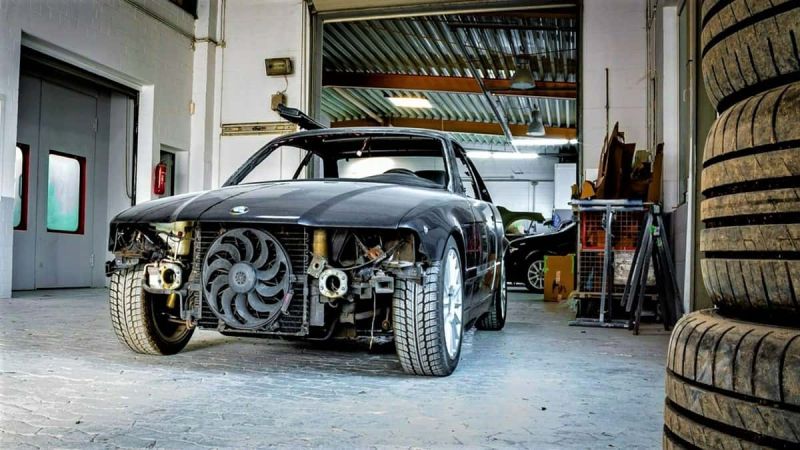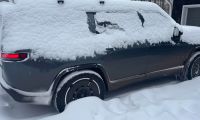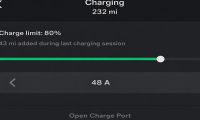DIY Car Maintenance
I am a major fan of DIY car maintenance. I like to encourage others to learn more about their vehicles and try their hand at learning how to properly maintain their vehicle and know when it is best---if not necessary---to turn to a trained mechanic with the expertise and tools to do the job correctly.
Related article: Save Thousands Yearly in Scam Car Repairs and Maintenance with This Guide
And while the title of this piece may sound like hyperbole---it isn’t, because something as simple as putting the air pressure in your tires is too often a misunderstood car maintenance task that can lead to at best, prematurely worn tires; and at worst, a serious tire failure at the worst possible moment. And I admit that it is a mistake I made for years because I was taught incorrectly many years ago.
Related article: Common Car Maintenance Mistake Owners Make When Diagnosing Their Car’s Engine Problems
Therefore, this is a maintenance message bearing repeating: Just because the maximum tire pressure reading on the side of your tires says “whatever number” psi, for example 48 psi, 55 psi, or even 90 psi---do not…I repeat…do not use that as your actual tire pressure measure for filling your car’s tires with air. Doing so is over-inflating your tires which can lead to:
• A rougher ride than normal.
• Unnatural tire wear on the center tread.
• Poor handing because a smaller tire surface area is making less contact with the road.
• An explosive tire blowout leading to a fatal accident while driving or while squatting beside the tire as you add pressure.
• Premature stress on the rubber of the tires making them stiff and inflexible, which makes them more susceptible to damage from potholes, curbs, or debris.
• Non-optimal braking efficiency with automated braking systems.
As an aside, be aware that your tire pressure monitoring system will alert you with a TPMS dashboard light indication when your tires are significantly (approximately 25%) underinflated per the vehicle manufacturer's recommended level. Not all TPMS systems can be counted on to alert you if your tires are overinflated. Therefore, it is a good practice to physically check your tires pressures with a tire pressure gauge.
A Video Reminder
The source of this topic as a reminder was a recently posted video by Rainman Ray’s Repairs YouTube channel that points out how too many car owners still believe the max pressure number on the side of their tires is the correct amount of pressure to fill each tire with using an air hose.
Watch the video and learn what your vehicle’s true tire pressure should be. Here is the video in its entirety; It is short, but highly informative:
STOP over inflating your tires!
And finally…
Special note: Your vehicle’s recommended tire pressure can be found not only in the door jamb label or plaque, but might also be located in the glovebox, the spare tire compartment, the gas cap door, and of course---your owner’s manual.
For more about tire maintenance that is essential need-to-know info, take a look at these two selected articles: “Everything You Need to Know About Buying Car and Truck Tires” and “What You Need to Know About Mixing Car Tires.”
COMING UP NEXT: How Auto Parts Hoarding for Toyota and Other Cars Could Become a Thing in 2022
Timothy Boyer is Torque News Tesla and EV reporter based in Cincinnati. Experienced with early car restorations, he regularly restores older vehicles with engine modifications for improved performance. Follow Tim on Twitter at @TimBoyerWrites for daily new and used vehicle news.
Image Source: Pixabay












